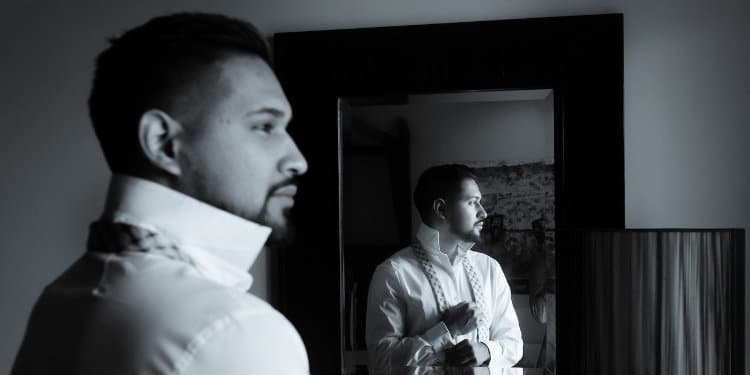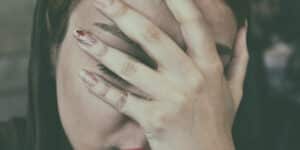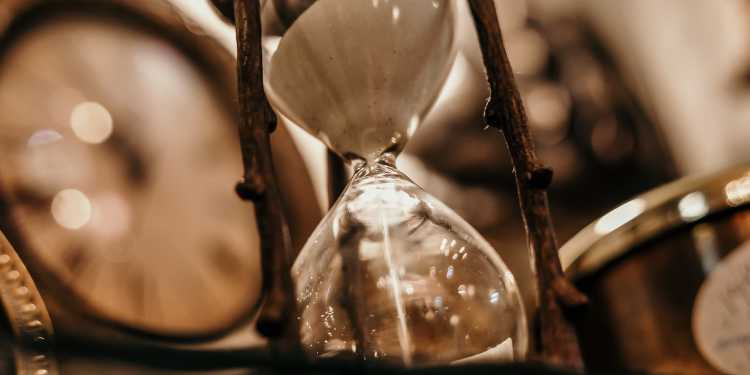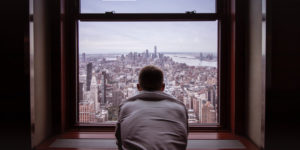











Enochlophobia is the fear of crowds and crowded places. It is categorized as a specific phobia, an intense, excessive, and irrational fear of certain objects and situations that are not actually harmful. The anxiety experienced as a result of this phobia can be unbearable enough to make you resort to avoidance behaviors.

On the one hand, this phobia can significantly limit your ability to function as you may not be able to participate in social events or travel through different places where there are many people. On the other hand, you may often find yourself in situations where it’s virtually impossible to avoid a crowd. When that happens, the anxiety you experience can be strong enough to trigger a full-blown panic attack.
Suffering from enochlophobia can have a profoundly negative impact on your personal and professional life.
Imagine you walk into an empty elevator to reach the 30th floor of your office building. The elevator goes up a few floors, and two people get in. Although it’s not that crowded, you start to feel uneasy. Your palms are beginning to sweat, you’re feeling somewhat lightheaded, and there’s this strange sense of discomfort bubbling under the surface. In the meantime, another person gets in, and now the space is crowded enough that you touch shoulders with the person on your left.
By the time you reach the 20th floor, you’re already out of the elevator, gasping for air and feeling like you’ve just avoided death. This is merely a glimpse of what people with enochlophobia are struggling with.
People living in large, urban areas as well as those that work around large groups of people are impacted more severely by this condition than those living and working in less densely populated areas. They may need to shop at hours that tend to be emptier or seek out professions that don’t involve large groups of people.
Enochlophobia, like any other specific phobia, is a learned irrational fear that can result from a traumatic experience. If you experience a negative situation while in a crowded space, you may develop this phobia.
On top of that, experts believe that biological factors may also play a role in the development of phobias, as some people may be more vulnerable to certain stimuli that they perceive negatively.
Just like any other type of phobia, enochlophobia is accompanied by a wide range of physical, cognitive, and behavioral symptoms such as:
There are several popular treatments recommended by mental health professionals for dealing with specific phobias including enochlophobia.
Exposure-based therapies encompass various behavioral approaches designed to expose individuals with phobias to the stimuli they fear. From a behavioral perspective, specific phobias are sustained due to the avoidance of stimuli. When avoidance becomes your go-to strategy, you rob yourself of the opportunity to learn that you can tolerate fear.
Through gradual exposure, you learn that fear is not as unbearable as you think it is and that this feeling can fade (and eventually disappear) on its own. Current evidence suggests that exposure-based therapies are some of the most effective strategies for dealing with specific phobias.
Cognitive behavioral therapy (CBT) is one of the most popular therapeutic interventions, covering a wide variety of emotional and behavioral problems. Within the cognitive-behavioral paradigm, counselors and therapists emphasize the relationship between thoughts, emotions, and behaviors.
The basic principle is that your decisions and behavior are determined primarily by how you interpret the situations and events that life throws at you. In other words, it’s not the crowded space that makes you feel anxious (and causes you to avoid a place) but the thoughts that run through your head during that particular situation and the interpretations that you attribute to your bodily sensations.
Studies indicate that CBT is among the most effective treatment approaches when it comes to specific phobias and anxiety disorders in general.
Recent technological and digital advancements have brought significant improvements to the mental health landscape. Thanks to virtual reality devices, people who struggle with different forms of anxiety (especially phobias) can face fear-inducing situations and stimuli in a controlled, virtual environment.
However, virtual reality exposure therapy (VRET) will only cover the initial stage of the process. Sooner or later, you will have to face the actual situation or stimuli for the exposure process to be successful. Armed with a virtual reality headset, mental health professionals can easily help clients overcome their fears and anxieties.
Overall, experts believe VR can be a valuable tool in treating specific phobias as it provides a safe and controlled environment where you can experiment with exposure exercises.
In some cases, the symptoms of enochlophobia can be so debilitating that patients find it impossible to go to work, pick up their kids from school, or perform other vital activities that involve facing crowds of people. When therapy alone isn’t sufficient, mental health professionals can prescribe anxiety medication such as selective serotonin reuptake inhibitors (SSRIs). Some examples of SSRIs are sertraline (Lustral) and escitalopram (Cipralex).
Although many people are reluctant to take psychiatric medication, sometimes it’s the only way to diminish the severity of the symptoms and follow through with different psychotherapeutic strategies and exercises.
People suffering from enochlophobia are impacted by the condition to different degrees. For some, it’s an inconvenience they have learned to live with and is not worthy of addressing. If this describes your situation, it’s your choice to leave things as they are.
However, if enochlophobia is interfering with your daily life, you should know that people can, and do, overcome many of the challenging symptoms. The best way to determine an appropriate course of treatment for your enochlophobia is to consult a licensed professional who can evaluate your condition and help you overcome fear and anxiety.
References